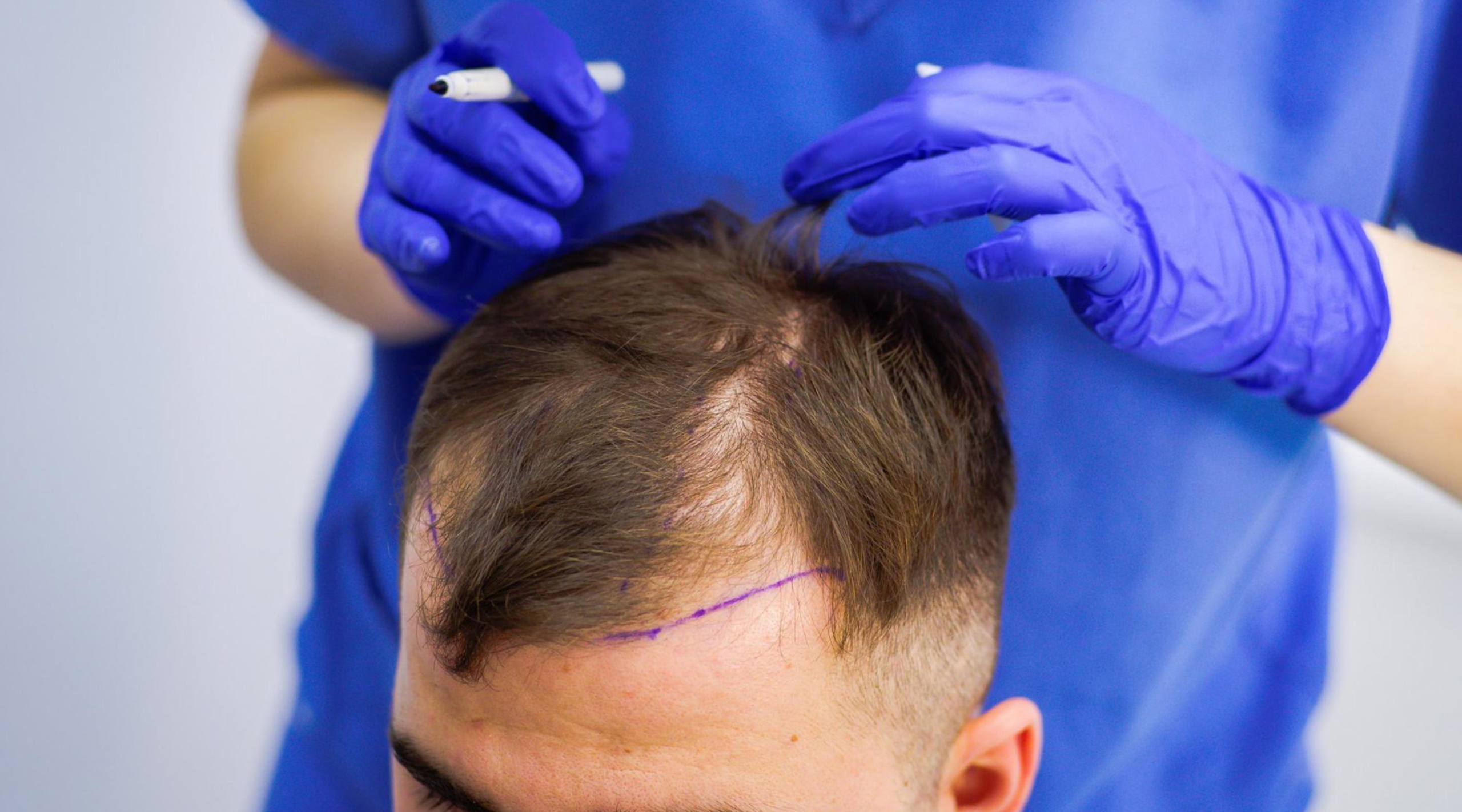Undergoing a hair transplant can be an exciting step toward regaining your confidence and achieving a fuller head of hair. However, the recovery process is crucial for the success of the procedure. If you’re looking to enhance your recovery time post-hair transplant, there are several strategies you can implement to facilitate healing and promote hair growth.
Table of Contents
ToggleUnderstanding the Recovery Process
After a hair transplant, your body requires time to heal. The transplanted hair follicles need to integrate into their new environment and begin growing. While the recovery timeline can vary from person to person, most individuals can expect to see some initial results within three to four months, with full results visible after about a year.
To ensure that you have a smooth recovery, it’s essential to follow the aftercare instructions provided by your surgeon. Common recommendations include avoiding strenuous activities, protecting the scalp, and using medications as prescribed. Alongside these guidelines, there are additional steps you can take to enhance your recovery process.
1. Stay Hydrated
One of the most critical aspects of recovery is staying hydrated. Drinking enough water aids in healing and helps to flush out toxins from your body. Proper hydration can also promote better circulation, which is vital for delivering essential nutrients to the hair follicles. Aim to drink at least eight glasses of water daily to support your overall health and recovery.
2. Follow a Nutritious Diet
Nutrition plays a significant role in the healing process. A balanced diet rich in vitamins and minerals will not only help your body recover more quickly but will also contribute to the growth of healthy hair. Incorporate foods high in protein, vitamins A, C, D, and E, as well as zinc and iron. Some beneficial food options include:
- Lean proteins: chicken, turkey, fish, and legumes.
- Fruits and vegetables: particularly leafy greens, berries, and citrus fruits.
- Nuts and seeds: almonds, walnuts, and flaxseeds are excellent choices.
You may also want to consider supplements like biotin, omega-3 fatty acids, and multivitamins, but consult your doctor before starting any new supplements.
3. Get Plenty of Rest
Rest is crucial for recovery. When you sleep, your body goes into repair mode, helping to heal wounds and promote hair growth. Aim for 7-9 hours of quality sleep each night. Additionally, consider elevating your head while you sleep for the first few nights post-surgery to minimize swelling.
4. Avoid Strenuous Activities
For the first few weeks following your hair transplant, it’s important to avoid heavy lifting, rigorous exercise, or any activity that may increase your heart rate significantly. Such activities can lead to increased swelling, bleeding, or even dislodging the grafts. Light walking is generally acceptable, but listen to your body and ease back into your regular routine as you feel more comfortable.
5. Protect Your Scalp
Your scalp will be sensitive post-surgery, so it’s essential to take precautions to protect it. Wear a loose-fitting hat or scarf when going outside to shield your scalp from the sun and prevent irritation. Avoid touching or scratching the transplanted area, as this can disrupt the healing process and affect the grafts.
6. Manage Stress
High-stress levels can negatively impact your healing and hair growth. Implementing stress-reduction techniques can help ease anxiety and promote overall well-being. Consider practices such as:
- Meditation: Focusing on your breath and mindfulness can significantly reduce stress.
- Yoga or gentle stretching: These practices can help with relaxation and improve blood flow.
- Hobbies: Engaging in enjoyable activities can distract you from stress and keep your mind occupied during recovery.
7. Follow Medical Advice
Always adhere to the post-operative care instructions given by your surgeon. This includes taking prescribed medications, applying topical treatments, and attending follow-up appointments. If you have any concerns about your recovery or notice any unusual symptoms, don’t hesitate to contact your healthcare provider for guidance.
8. Patience is Key
While you may be eager to see results, patience is crucial. Hair growth is a gradual process, and it’s normal to experience some shedding in the initial weeks following the procedure. The transplanted hair may fall out before new growth begins, but this is part of the cycle. Understanding this can help alleviate anxiety and set realistic expectations for your recovery journey.
Conclusion
In conclusion, speeding up your recovery after a hair transplant involves a combination of proper care, nutrition, hydration, and patience. By following these guidelines and maintaining open communication with your healthcare provider, you can support your healing process and achieve the best results from your hair transplant. For those considering this transformative procedure, opting for a reputable clinic can make all the difference. If you’re looking for quality care and expertise, consider the Royal Cosmetic Surgery Clinic for your hair transplant in Islamabad. Taking the time to invest in your recovery will ensure you enjoy the full benefits of your hair restoration journey.
